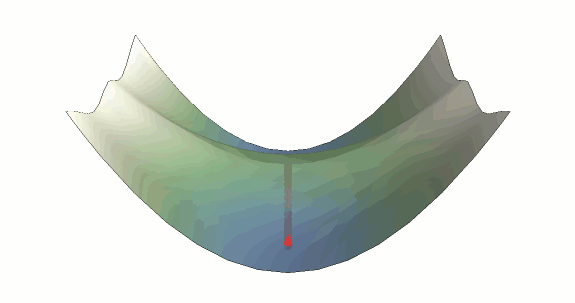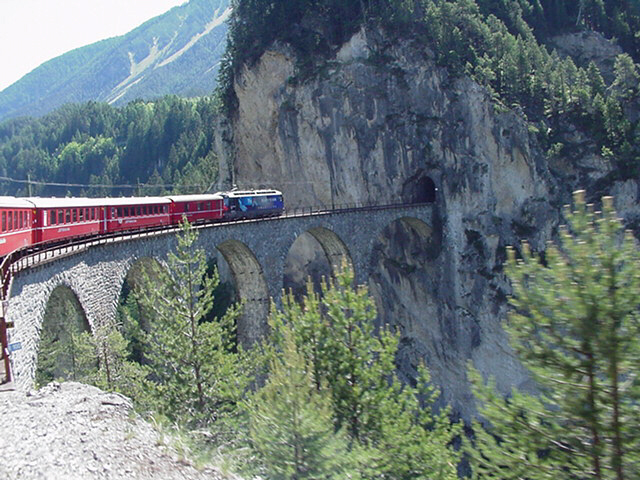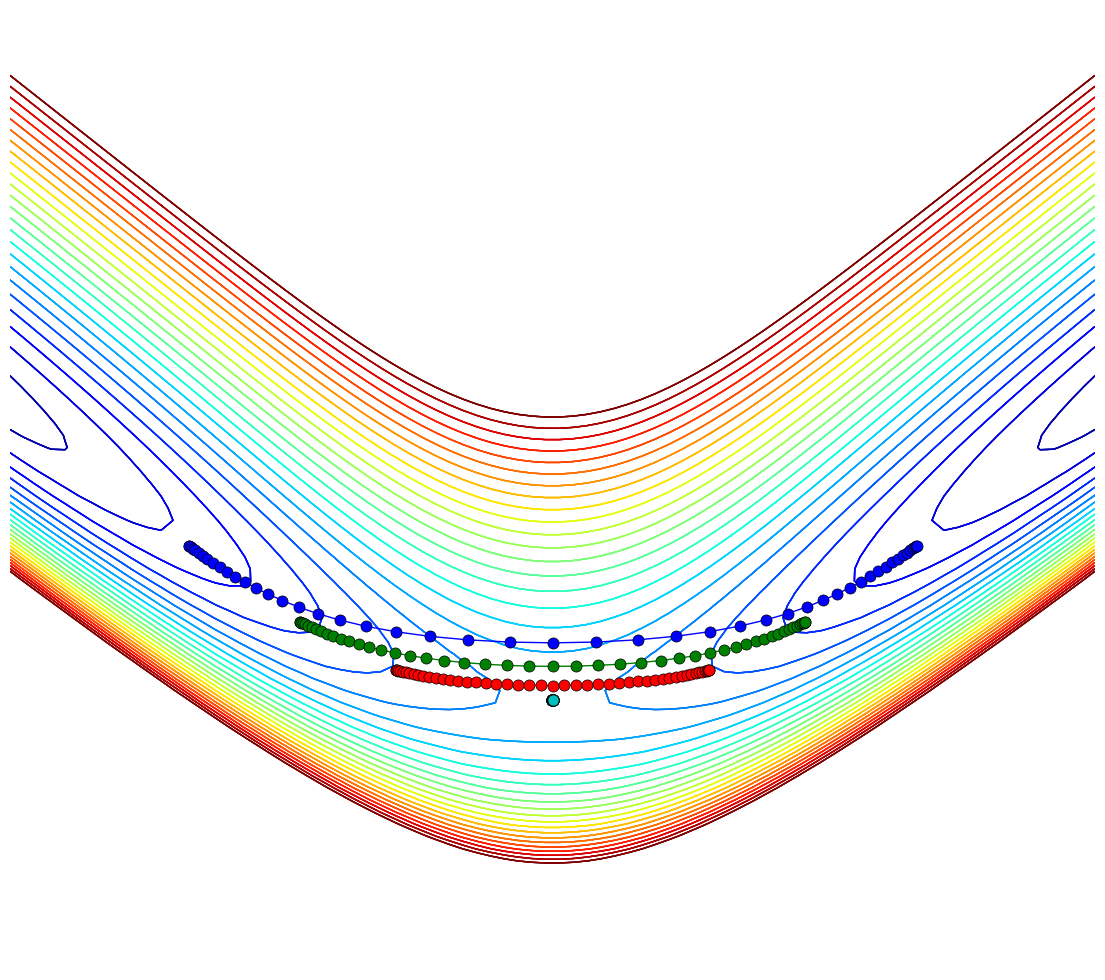Instanton theory
The instanton describes the dynamics of a chemical reaction at low temperature when tunnelling effects become dominant. We have recently derived two versions of instanton theory which apply to different types of chemical reaction. The first is valid in the Born-Oppenheimer limit and the second in the nonadiabatic limit, which is applicable to electron-transfer reactions. Together they provide generalizations of transition-state theory and Marcus theory to anharmonic quantum systems.
Microcanonical Instantons
The microcanonical instanton project focuses on calculating chemical reaction rates for important atmospheric and astrochemical molecular systems within the Born-Oppenheimer approximation. The goal is to develop a rigorous semiclassical theory which can determine highly accurate rate constants for use in kinetics models.


Our method is able to incorporate quantum effects such as tunneling and zero-point energy with an efficiency comparable to that of a classical calculation. This will allow us to investigate interesting reactions that have only previously been studied using classical methods. We hope that this approach can give a deeper insight into the ways in which quantum dynamics affect the reaction rates in our universe.

